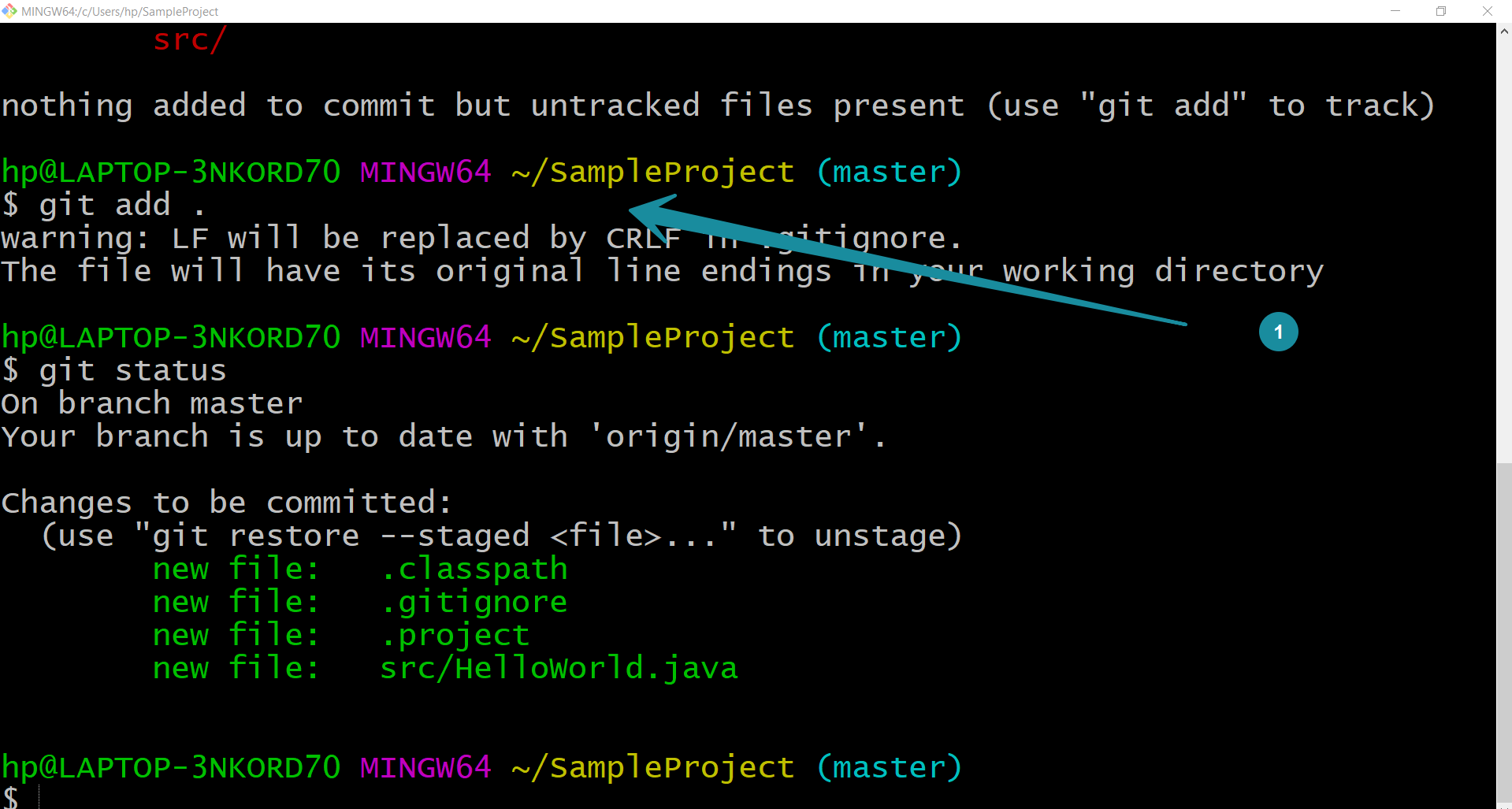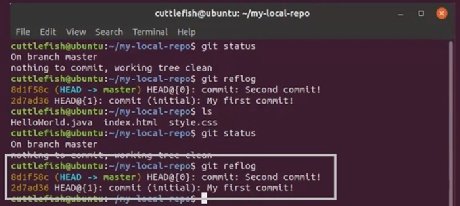

Git add directory/: Stage all changes to all files within a directory titled directory The safest and clearest way to use git add is by designating the specific file or directory to be staged. git add -u: stages modified and deleted files only, NOT new files.: adds the entire directory recursively, including files whose names begin with a dot git add -A: stages all files, including new, modified, and deleted files, including files in the current directory and in higher directories that still belong to the same git repository.As always, it's very important to know what you are staging and committing. If the time is right to stage all files, there are several commands that you can choose from. This applies to large binary files, and files containing sensitive information like passwords or authentication tokens. gitignore file will be staged and committed. Most common flags don't add files tracked in the. Accidentally staging and committing filesīy using an option to add all files at once, you may accidentally stage and commit a file. If your commits are too large, contain unrelated changes, or are unclearly described in the commit message, you will lose the benefits of viewing and changing history. Being able to shape your history is one of the greatest advantages of using Git. This can save time, but the risks are two-fold: Poorly thought out historyīy staging all available changes, the clarity of your history will likely suffer. Staging all available files is a popular, though risky, operation. Commit the second set of changes: git commit -m "create the contributing guide".Add another file, or another part of the changed file: git add CONTRIBUTING.md.Commit the first set of changes: git commit -m "update the README to include links to contributing guide".Add only one file, or one part of the changed file: git add README.md.Push the changes to the remote branch: git push -u origin update-readme.Commit the changes: git commit -m "update the README to include links to contributing guide".
#Git add remote folder code
#Git add remote folder how to
How to Use git add Common usages and options for git add And, they both work best when used thinking of their joint functionality.

They don't work when they aren't used together. Git add and git commit go together hand in hand. If you think or use git stage in place of git add, the reality of what is happening may be more clear. The language of "add" when you're actually "deleting" can be confusing. This means if you git add a deleted file the deletion is staged for commit. You can select all files, a directory, specific files, or even specific parts of a file for staging and commit. Git add selects that file, and moves it to the staging area, marking it for inclusion in the next commit.

git add allows you to systematically shape your commits and your history anyway. Maybe you are making changes to files that aren't logical or atomic units of change. Commits should be logical, atomic units of change - but not everyone works that way. This step allows you to choose what you are going to commit. Then, before you commit, you must git add. As you're working, you change and save a file, or multiple files.


 0 kommentar(er)
0 kommentar(er)
